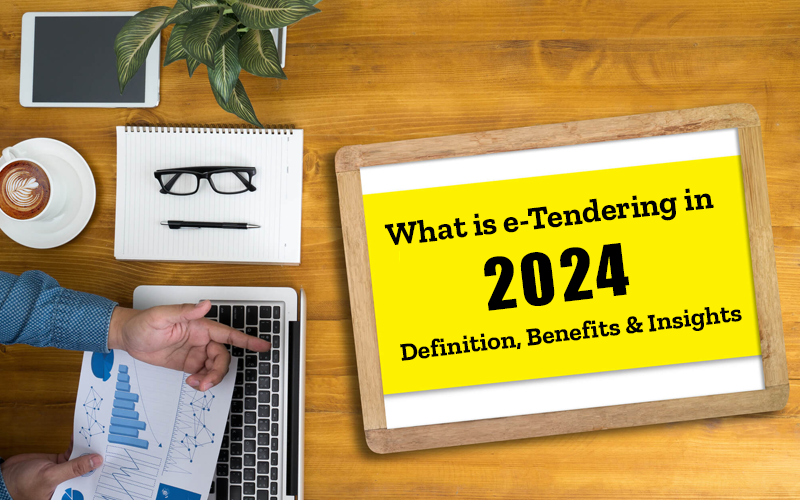In the ever-evolving landscape of business processes, e-tendering has emerged as a revolutionary force, particularly in 2024. With the integration of advanced technologies like AI and automation, e-tendering has transformed traditional procurement methods into more efficient, transparent, and streamlined processes. This article delves deep into the world of e-tendering, exploring its definition, functionality, real-world applications, benefits, and the challenges it brings along.
Understanding e-Tendering
E-tendering, at its core, is the use of e-tendering platforms to manage the tendering process. This means all aspects of tendering, from issuing tender documents to submitting bids and evaluating them, are conducted online. This digital transformation has not only simplified the process but also made it more accessible and time-efficient.
The Role of AI and Automation in e-Tendering
The advancement of AI and automation has played a pivotal role in reshaping e-tendering. These technologies have enabled the automation of routine tasks, intelligent analysis of bids, and even predictive insights, ensuring that the tendering process is not just faster, but also smarter.
How e-Tendering Works
E-tendering platforms function as a central hub where buyers and suppliers can interact. The process typically involves:
Issuance of Tender Notice: Organizations publish their tender requirements online.
Submission of Bids: Suppliers submit their bids through the e-tendering system.
Evaluation: Automated tools help in the efficient and fair evaluation of bids.
Awarding the Contract: The most suitable bid is selected, and the contract is awarded.
Real-World Applications
E-tendering has found applications in various sectors:
Business-to-Government (B2G): Government contracts are now more accessible and transparent, thanks to e-tendering platforms.
Business-to-Business (B2B): Corporations leverage these platforms for their procurement needs, ensuring a fair and competitive environment for suppliers.
The Benefits of e-Tendering
Efficiency and Speed
With automated processes, e-tendering significantly reduces the time involved in the tendering cycle. This efficiency is beneficial for both buyers and suppliers.
Transparency and Fairness
Digital platforms ensure that all bids are treated equally, enhancing the transparency and fairness of the tendering process.
Accessibility
E-tendering platforms are accessible from anywhere, broadening the supplier base and increasing competition.
Reduced Costs
The digital nature of e-tendering cuts down on administrative and material costs associated with traditional tendering.
Challenges in e-Tendering
Despite its many benefits, e-tendering does pose some challenges:
Technical Barriers: Not all suppliers may have access to or familiarity with e-tendering technologies.
Security Concerns: Ensuring the security and confidentiality of bids is paramount.
Resistance to Change: Some organizations may be hesitant to move away from traditional tendering methods.
Conclusion
E-tendering in 2024 stands as a testament to how technology can revolutionize traditional processes. By embracing AI and automation, e-tendering has not only streamlined procurement and tendering processes but also brought about a new era of efficiency, transparency, and fairness. While there are challenges to be addressed, the benefits it offers to both B2G and B2B scenarios are undeniable. As we move forward, e-tendering is poised to become an integral part of procurement strategies across various sectors.















